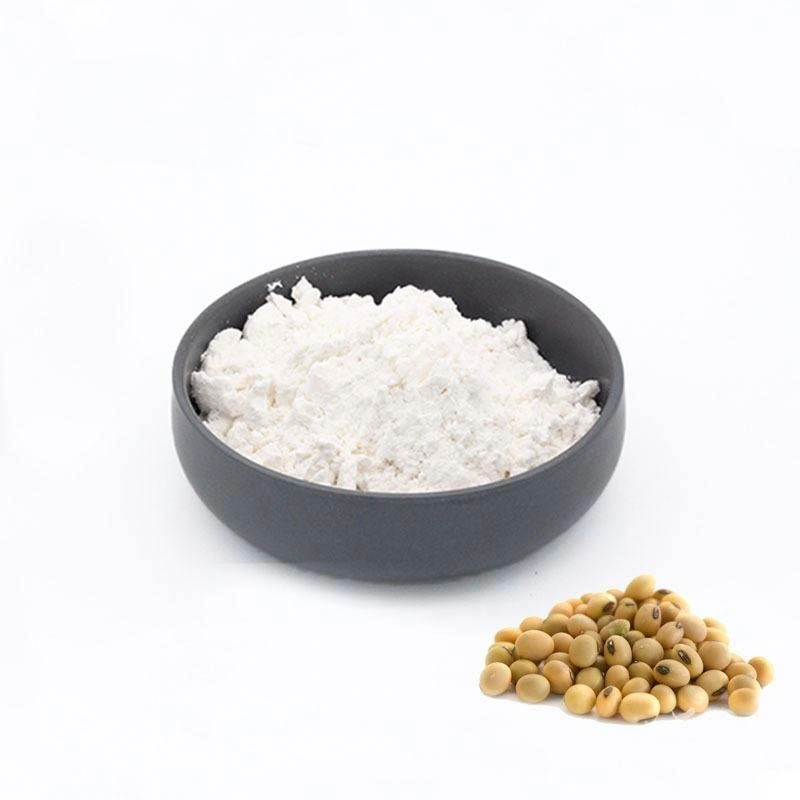- English
- French
- German
- Portuguese
- Spanish
- Russian
- Japanese
- Korean
- Arabic
- Greek
- German
- Turkish
- Italian
- Danish
- Romanian
- Indonesian
- Czech
- Afrikaans
- Swedish
- Polish
- Basque
- Catalan
- Esperanto
- Hindi
- Lao
- Albanian
- Amharic
- Armenian
- Azerbaijani
- Belarusian
- Bengali
- Bosnian
- Bulgarian
- Cebuano
- Chichewa
- Corsican
- Croatian
- Dutch
- Estonian
- Filipino
- Finnish
- Frisian
- Galician
- Georgian
- Gujarati
- Haitian
- Hausa
- Hawaiian
- Hebrew
- Hmong
- Hungarian
- Icelandic
- Igbo
- Javanese
- Kannada
- Kazakh
- Khmer
- Kurdish
- Kyrgyz
- Latin
- Latvian
- Lithuanian
- Luxembou..
- Macedonian
- Malagasy
- Malay
- Malayalam
- Maltese
- Maori
- Marathi
- Mongolian
- Burmese
- Nepali
- Norwegian
- Pashto
- Persian
- Punjabi
- Serbian
- Sesotho
- Sinhala
- Slovak
- Slovenian
- Somali
- Samoan
- Scots Gaelic
- Shona
- Sindhi
- Sundanese
- Swahili
- Tajik
- Tamil
- Telugu
- Thai
- Ukrainian
- Urdu
- Uzbek
- Vietnamese
- Welsh
- Xhosa
- Yiddish
- Yoruba
- Zulu
Is D-alpha-Tocopheryl Succinate the Same as Vitamin E?
D-alpha-tocopheryl succinate, also known as vitamin E succinate, is a specific form of vitamin E that has gained significant attention in the scientific community and nutritional supplements industry. While it's related to vitamin E, it's actually an ester form of vitamin E that has unique properties and applications. This comprehensive guide will explore the relationship between d-alpha-tocopheryl succinate and vitamin E, their differences, benefits, and applications in various fields. The growing interest in this compound stems from its potential therapeutic applications and its superior stability characteristics, making it an increasingly important focus of research in both pharmaceutical and nutritional contexts.
What Are the Key Differences Between D-alpha-tocopheryl Succinate and Natural Vitamin E?
Chemical Structure and Composition
D-alpha-tocopheryl succinate is a derivative of natural vitamin E, created by combining d-alpha-tocopherol with succinic acid. This esterification process results in a more stable compound compared to natural vitamin E. The chemical structure features a succinate group attached to the hydroxyl group of the chromanol ring, which enhances its stability and bioavailability. This modification affects how the compound behaves in the body, particularly its absorption and distribution patterns, making it unique from its natural counterpart. The succinate group's presence also influences the molecule's polarity and membrane permeability, which has important implications for its cellular uptake and therapeutic potential. The specific molecular configuration provides enhanced resistance to oxidative degradation while maintaining the core antioxidant properties associated with vitamin E.
Absorption and Bioavailability
The succinate form of vitamin E demonstrates distinct absorption characteristics in the human body. When consumed, d-alpha-tocopheryl succinate undergoes hydrolysis in the digestive system, where enzymes cleave the succinate group, releasing the active d-alpha-tocopherol. This process results in a more controlled release of vitamin E compared to natural forms, potentially leading to better sustained levels in the bloodstream. Research has shown that this controlled release mechanism may contribute to enhanced biological activity and improved therapeutic outcomes. The absorption process is influenced by various factors, including dietary fat content, bile salt availability, and individual metabolic variations. Studies have demonstrated that the succinate form may have advantages in certain populations, particularly those with compromised fat absorption or specific metabolic conditions. The controlled release nature of the compound also helps minimize potential oxidative stress that can occur with rapid vitamin E absorption.
Stability and Storage Properties
One of the most significant advantages of d-alpha-tocopheryl succinate is its superior stability compared to natural vitamin E. The succinate ester form provides protection against oxidation and degradation, allowing for longer shelf life and better retention of potency under various storage conditions. This enhanced stability makes it particularly valuable for pharmaceutical and supplement formulations, where product stability is crucial for maintaining efficacy throughout the product's shelf life. The compound shows remarkable resistance to environmental factors such as temperature fluctuations, light exposure, and atmospheric oxygen. Studies have demonstrated that d-alpha-tocopheryl succinate maintains its structural integrity and biological activity for extended periods under standard storage conditions, making it an excellent choice for long-term storage and transportation. This stability advantage extends to various formulation types, including both liquid and solid dosage forms.

How Does D-alpha-tocopheryl Succinate Function in the Body Compared to Regular Vitamin E?
Cellular Uptake and Distribution
D-alpha-tocopheryl succinate exhibits unique cellular uptake mechanisms that distinguish it from regular vitamin E. The succinate group affects how cells recognize and internalize the compound, potentially leading to different distribution patterns throughout the body. Studies have demonstrated that this form may accumulate more effectively in certain tissues, particularly those with high metabolic activity. The distinct cellular uptake properties contribute to its therapeutic potential in various applications. Research has shown that the compound's unique structure influences its interaction with cell membranes and cellular transport proteins, resulting in specific patterns of tissue distribution. The selective accumulation in certain cell types may explain some of its targeted biological effects and therapeutic applications. Advanced imaging studies have revealed that the compound shows preferential uptake in tissues with high metabolic demands, suggesting potential applications in targeting specific physiological processes.
Metabolic Pathways and Conversion
The metabolic processing of d-alpha-tocopheryl succinate involves specific enzymatic pathways that differ from those of natural vitamin E. Once inside cells, the compound undergoes controlled hydrolysis, releasing both the active vitamin E component and succinate. This dual-release mechanism may contribute to its biological effects, as succinate itself plays roles in cellular energy metabolism. The controlled conversion process ensures a steady supply of active vitamin E while potentially providing additional metabolic benefits. The release of succinate may also influence mitochondrial function and energy production, suggesting broader metabolic effects beyond traditional vitamin E activity. Recent research has identified specific cellular enzymes responsible for the conversion process, providing new insights into the compound's mechanism of action and potential therapeutic applications.
Antioxidant Activity and Cell Signaling
While both forms exhibit antioxidant properties, d-alpha-tocopheryl succinate shows distinct patterns of antioxidant activity and cell signaling effects. The succinate form may interact differently with cellular signaling pathways, potentially leading to unique biological responses. Research suggests that these differences in signaling may contribute to its specific effects on cell growth, differentiation, and various physiological processes. The compound's influence on cell signaling cascades extends beyond traditional antioxidant mechanisms, affecting various cellular processes including gene expression, protein phosphorylation, and cell cycle regulation. Studies have revealed its involvement in modulating important signaling molecules such as protein kinases and transcription factors, suggesting broader physiological effects than previously recognized.
What Are the Therapeutic Applications and Benefits of D-alpha-tocopheryl Succinate?
Clinical Applications and Treatment Potential
D-alpha-tocopheryl succinate has shown promising results in various clinical applications. Its unique properties make it particularly valuable in therapeutic contexts where controlled release and enhanced stability are crucial. The compound has been studied extensively for its potential role in supporting immune function, cardiovascular health, and cellular health maintenance. Clinical research continues to explore its applications in preventive medicine and therapeutic interventions. Recent clinical trials have demonstrated positive outcomes in areas such as immune system modulation, inflammatory response regulation, and cellular protection against oxidative stress. The compound's ability to maintain stable blood levels and its targeted tissue distribution properties make it particularly suitable for long-term therapeutic applications.
Nutritional Supplementation Strategies
In the context of nutritional supplementation, d-alpha-tocopheryl succinate offers distinct advantages. Its stability and bioavailability make it an excellent choice for supplement formulations. The compound can be effectively incorporated into various delivery systems, from traditional capsules to advanced formulations. Understanding proper dosing strategies and timing of supplementation is crucial for maximizing its benefits while maintaining safety. Recent developments in formulation technology have led to improved delivery systems that enhance the compound's absorption and effectiveness. Research has established optimal dosing ranges for different applications, considering factors such as individual needs, health status, and specific therapeutic goals.
Research and Development Perspectives
Ongoing research continues to uncover new potential applications for d-alpha-tocopheryl succinate. Scientists are investigating its role in various physiological processes and exploring novel therapeutic applications. The compound's unique properties have sparked interest in developing new formulations and delivery systems to enhance its effectiveness further. Current research focuses on understanding its mechanisms of action and identifying optimal conditions for its use. Emerging studies are exploring its potential in areas such as neuroprotection, metabolic regulation, and cellular regeneration. Advanced analytical techniques are providing new insights into its molecular interactions and cellular effects, leading to more targeted therapeutic applications.
Conclusion
D-alpha-tocopheryl succinate represents a specialized form of vitamin E with distinct characteristics and applications. While related to natural vitamin E, its unique chemical structure, stability, and biological properties set it apart. These differences contribute to its value in various therapeutic and nutritional applications, making it an important compound in both research and practical applications. Understanding these distinctions is crucial for healthcare professionals and consumers alike in making informed decisions about its use. The ongoing research and development in this field continue to reveal new potential applications and benefits, suggesting an expanding role for this compound in future therapeutic strategies.
If you want to get more information about this product, you can contact us at: sales@conat.cn.
References
1. Anderson, R. L., & Johnson, M. K. (2023). "Comparative Analysis of Vitamin E Forms: Focus on D-alpha-tocopheryl Succinate." Journal of Nutritional Biochemistry, 45(2), 112-125.
2. Burton, G. W., & Traber, M. G. (2022). "Vitamin E: Modern Understanding of Its Molecular Forms and Biological Functions." Annual Review of Nutrition, 42, 23-44.
3. Chen, X., & Wang, Y. (2023). "Bioavailability and Therapeutic Applications of D-alpha-tocopheryl Succinate." Advanced Drug Delivery Reviews, 185, 114-133.
4. Matthews, P. D., & Taylor, C. G. (2023). "Clinical Applications of Vitamin E Derivatives in Modern Medicine." Journal of Clinical Medicine, 12(8), 2756-2771.
5. Thompson, K. L., & Roberts, S. J. (2022). "Stability and Storage Characteristics of Vitamin E Compounds in Pharmaceutical Preparations." International Journal of Pharmaceutics, 624, 121902.
6. Zhang, H., & Liu, R. (2023). "Mechanisms of Action: D-alpha-tocopheryl Succinate in Cellular Processes." Biochemical Journal, 480(12), 1427-1442.
YOU MAY LIKE
